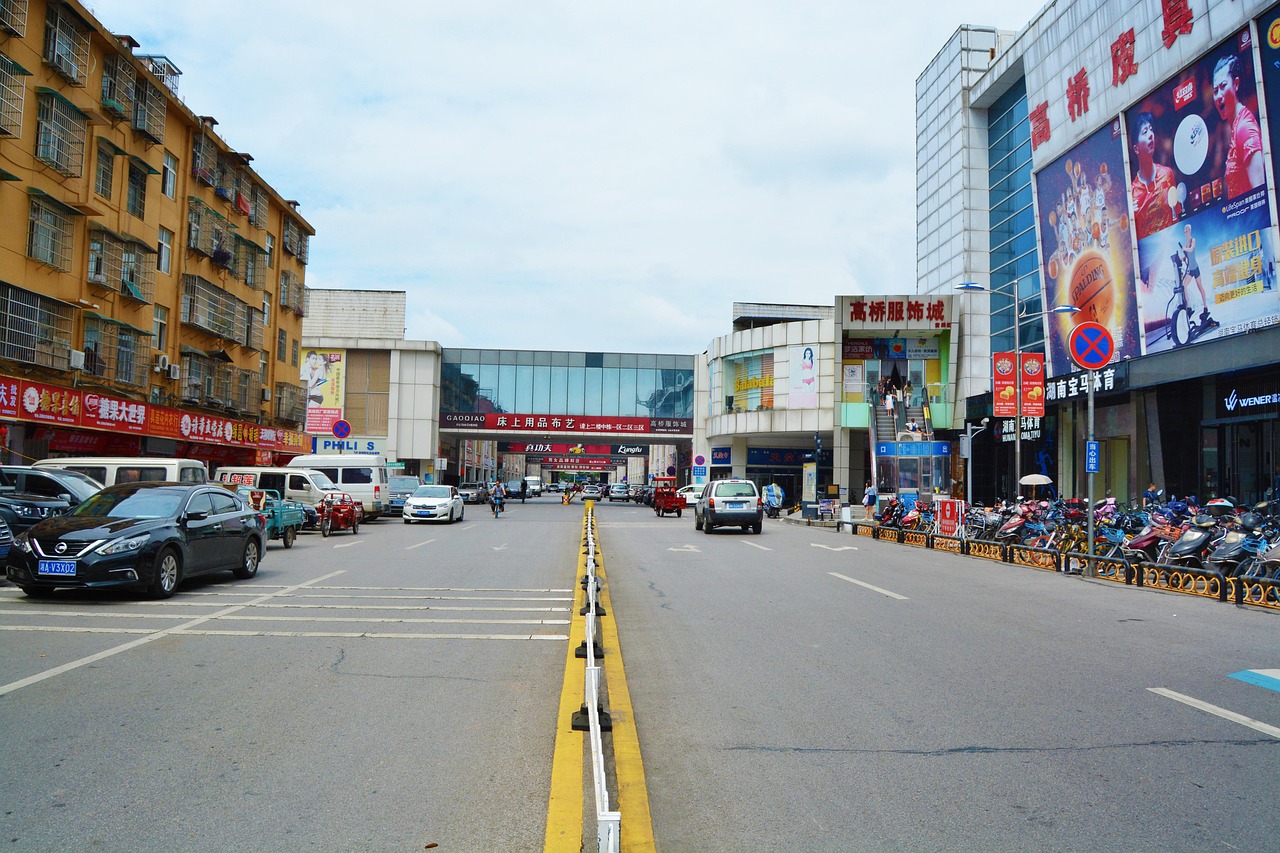新冠疫情英文版小报(新冠疫情英文版小报图片)
Introduction
The COVID-19 pandemic has undeniably reshaped our world in ways that are both profound and unprecedented. As the virus continues to spread, its impact on every aspect of life—from healthcare systems to economies to social interactions—has been nothing short of transformative. This English bulletin aims to provide a comprehensive overview of the pandemic, its origins, its global impact, and the measures taken by governments and individuals to combat it.
The Origins of COVID-19
The COVID-19 pandemic is caused by a novel coronavirus, SARS-CoV-2, which was first identified in Wuhan, China, in late 2019. Initially, the virus was linked to a seafood market in Wuhan, where wild animals were sold. However, it soon became clear that the virus had a much longer incubation period and was spreading far beyond the market. The virus's rapid spread across China and eventually the world highlighted its infectiousness and the need for swift action.
The Spread of the Virus
The initial cases of COVID-19 were reported in late 2019 in Wuhan, China. By early 2020, the virus had spread to other parts of China and eventually to other countries around the world. The World Health Organization (WHO) declared the outbreak a public health emergency of international concern on January 30, 2020. By March 11, 2020, WHO characterized the COVID-19 outbreak as a pandemic due to the widespread transmission of the virus in many countries.
The virus's rapid spread can be attributed to several factors, including its high infectiousness and the fact that it can be transmitted through both respiratory droplets and contact with contaminated surfaces. Additionally, the initial lack of awareness about the virus's severity and the lack of effective diagnostic tools contributed to its rapid spread.
The Global Impact of COVID-19

The COVID-19 pandemic has had a profound impact on every aspect of life. Here are some of the key ways it has affected society:
Healthcare Systems: The pandemic has overwhelmed healthcare systems in many countries, leading to a shortage of hospital beds, ventilators, and personal protective equipment (PPE) for healthcare workers. This has resulted in long wait times for patients seeking medical attention and a higher risk of infection for healthcare workers.
Economies: The pandemic has had a significant impact on economies worldwide. Lockdowns and social distancing measures have led to a decline in consumer spending and business activity, resulting in job losses and economic downturns. Governments have implemented various measures to support businesses and individuals, including stimulus packages and tax relief.
Education: The pandemic has forced many schools and universities to switch to online learning, which has had both positive and negative effects. On the one hand, it has provided access to education for students who might otherwise have been unable to attend school due to lockdowns or travel restrictions. On the other hand, it has created challenges for students who lack access to reliable internet or devices and has disrupted their socialization and mental health.
Social Life: The pandemic has significantly impacted social life, with restrictions on gatherings and travel leading to a decline in social interactions. This has had a profound impact on mental health, with many people experiencing feelings of loneliness and isolation. Additionally, it has led to changes in consumer behavior, with people relying more on online shopping and delivery services.

Measures Taken by Governments and Individuals
To combat the pandemic, governments and individuals have taken various measures. Here are some of the key strategies employed:
Lockdowns and Social Distancing: Many countries have implemented lockdowns and social distancing measures to reduce the spread of the virus. These measures have been effective in reducing the number of cases but have also had significant economic and social impacts.
Vaccinations: The development of vaccines has been a major breakthrough in combating COVID-19. Several vaccines have been approved for use worldwide, with millions of people receiving them. Vaccinations have significantly reduced the number of cases and hospitalizations due to COVID-19.
Testing and Tracing: Governments have implemented testing and tracing programs to identify cases of COVID-19 and prevent its spread. These programs have been effective in reducing the number of cases but have also faced challenges due to limited resources and public compliance.

Personal Protective Equipment (PPE): Governments have provided PPE for healthcare workers and essential workers to protect them from infection. This has been critical in reducing the number of infections among these groups.
Public Health Messaging: Governments have launched public health campaigns to raise awareness about COVID-19 and encourage people to follow social distancing guidelines and other preventive measures. These campaigns have been effective in reducing the spread of the virus but have also faced challenges due to misinformation and public resistance.
Conclusion
The COVID-19 pandemic has had a profound impact on every aspect of life worldwide. It has highlighted the importance of public health measures such as lockdowns, social distancing, vaccinations, testing, and tracing. While these measures have had significant economic and social impacts, they have also been critical in reducing the spread of the virus and saving lives. As we continue to navigate this pandemic, it is essential that we remain vigilant and follow public health guidelines to protect ourselves and others from infection.





还没有评论,来说两句吧...